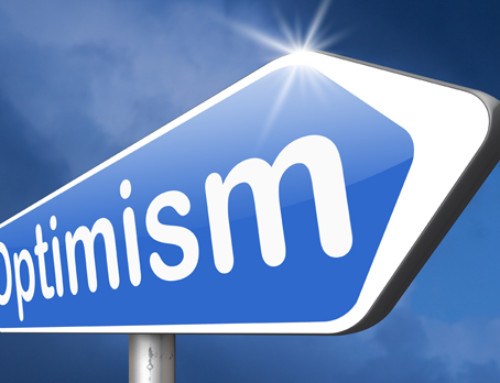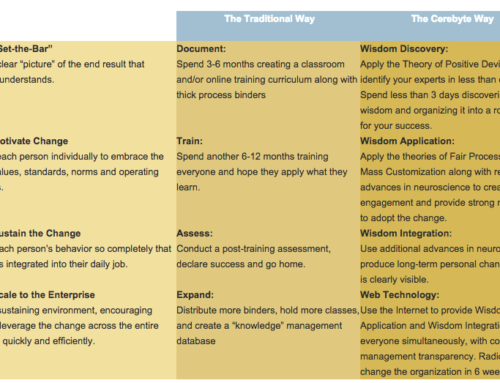It is common knowledge that many meetings are a waste of time. Depending on the study cited, executives complain that between 25-50 percent of the time people spend in meetings is wasted. Thomas Sowell, a Senior Fellow on Public Policy at the Hoover Institution, Stanford University is quoted as saying:
“People who enjoy meetings should not be in charge of anything.”
Ironically, my experience in working with executives is that 50-75 percent of their time is taken up with meetings. What can be done to alleviate this time drain? You would think somebody would have found a more productive way to hold meetings and put the brakes on this colossal waste of time by now.

Well, as with most problems, there are solutions, they are just not widely known or widely practiced. One such solution has been named the “Thinking Team” approach by Nancy Kline, President of Time To Think, a professional training and coaching company based in the UK. Her book Time to Think: Listening to Ignite the Human Mind, was first published in 1999 and has been reprinted an average of once per year ever since. The chapters on team meetings, where she lays out nine simple but effective guidelines to improve the quality of output from meetings are particularly useful.
When executive teams experience this way of meeting, they become instant fans of the thinking team approach, adopt the approach for almost all executive team meetings and begin using it downstream with their own teams. So what is it about a set of guidelines that can so dramatically increase the engagement and resulting creative output of a team?
Everyone gets a turn, and it starts on a positive note
The “everyone gets a turn” guideline is critical. Most meetings are dominated by the loudest, most impassioned team members. This is where most meetings get off on the wrong foot. Quieter team members quickly become disengaged, sacrificing diversity of thought. When everyone knows they will have an equal turn to speak, people listen attentively, in part because they know they will have a chance to be heard, and partly because they want to make an additive contribution. This is a big reason why teams who use this approach report that meetings have become more productive.
The benefits of starting with a positive statement should be clear. Research in the fields of Positive Psychology and Appreciative Inquiry has clearly demonstrated that beginning with the positive reality helps people open up their thinking. Too often meetings begin with a problem or gap, and people can’t help but shut down
their thinking, it’s built into the survival mechanisms of our brains. Since our natural inclination is to focus on problems, it is important to set the tone with positive reflections on what is going well the project or agenda item that opens the meeting. This dramatic shift away from business as usual in meetings is also a big contributing factor to this approaches success.
No One is Allowed to Interrupt
Remember those assertive people? They love to interrupt. Executives who want to “cut to the chase” think they know how to get to the point without wasting time. This guideline is crucial to building trust and leads to innovative and creative group thinking. Interruption shuts down creativity and must be banned from team meetings if you want them to be of the highest caliber.
Finish Strong
How you wrap up a meeting is also important. The Thinking Team approach requires that everyone take a turn saying what went well in the meeting and what they respect in each other. How different is that from the typical business meeting? Imagine focusing on the progress made and appreciating your peers for their contributions! How radical.
I highly recommend you pick up a copy of “Time To Think” and begin applying this proven approach to team meetings. Chapter 15 covers all 9 guidelines for running superb team meetings, which alone is worth the investment of the cover price. Your team will thank you for saving them from boring meetings and you will be pleasantly surprised at the uptick in the innovation and creativity of your team output.






Leave A Comment
You must be logged in to post a comment.